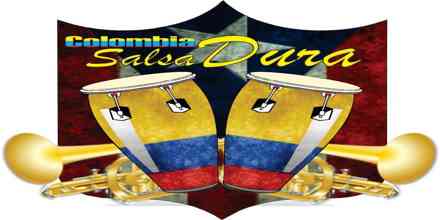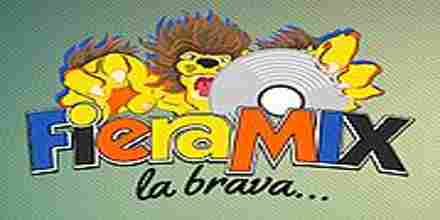Salsa is a vibrant and energetic musical genre that originated in the mid-20th century among Hispanic communities living in New York City. It is a blend of various Afro-Caribbean rhythms, including Cuban son montuno, guaguancó, mambo, cha-cha-chá, and Puerto Rican bomba and plena. The term "salsa" itself translates to "sauce" in Spanish, symbolizing the rich and flavorful mix of cultural influences that converge in this dynamic genre.
Salsa music is characterized by its infectious rhythms and lively instrumentation. Traditional salsa bands typically consist of a conga drummer, timbalero (playing timbales), bongos player, pianist, bassist, trombonist, trumpeter, and singer. The percussion section is crucial, providing the driving force behind the music with intricate patterns that keep dancers moving. The piano often plays montuno patterns, which are repetitive melodic phrases that add texture and depth to the arrangements. Brass sections contribute powerful melodies and harmonies, while the vocalist delivers passionate lyrics that tell stories of love, joy, struggle, and everyday life.
The dance style associated with salsa is equally dynamic and expressive. Salsa dancing involves quick footwork, turns, and partner movements, all executed in time with the music's infectious rhythms. It can be danced in pairs or solo, and it often features improvisation and flair, making each performance unique. The social aspect of salsa dancing is significant; it brings people together in clubs, dance studios, and community events, fostering a sense of camaraderie and shared enjoyment.
Salsa has evolved over the decades, branching into various sub-genres such as salsa romántica, salsa gorda, and timba. Salsa romántica, popularized in the 1980s and 1990s, focuses on romantic lyrics and softer melodies, appealing to a broader audience. Salsa gorda, originating from Colombia, incorporates elements of cumbia and other regional rhythms, creating a unique fusion. Timba, emerging from Cuba in the late 20th century, is known for its complex arrangements and improvisational solos, pushing the boundaries of traditional salsa.
The influence of salsa extends far beyond Latin America and the United States. It has inspired musicians worldwide to incorporate salsa rhythms into their own music, leading to a global appreciation for this vibrant genre. Salsa festivals, concerts, and dance competitions are held in cities around the world, celebrating the rich cultural heritage and enduring popularity of salsa.
Notable figures in the history of salsa include Celia Cruz, known as the "Queen of Salsa," who brought her powerful voice and charismatic stage presence to countless performances. Other influential artists include Tito Puente, often referred to as the "King of Timbales," who was a pioneer in blending jazz and Latin rhythms. Willie Colón, a trombonist and bandleader, played a significant role in popularizing salsa in the 1970s with his innovative recordings. Hector Lavoe, known for his emotive vocals, and Rubén Blades, who brought social consciousness to salsa lyrics, are also key figures in the genre's development.
Salsa continues to thrive today, with new artists emerging and keeping the tradition alive while adding their own unique twists. The blend of African, Caribbean, and Latin American influences that define salsa ensures its enduring appeal, making it a timeless and beloved musical genre for dancers and music lovers alike.
 1.5k
Peru, Lima Salsa 128 kbps MP3
1.5k
Peru, Lima Salsa 128 kbps MP3 Radio SalsaRadio Salsa
Radio SalsaRadio Salsa 1k
Cuba, Havana Salsa
1k
Cuba, Havana Salsa 884
884
 2
United States Salsa 135 kbps AAC (LC)
2
United States Salsa 135 kbps AAC (LC)

































